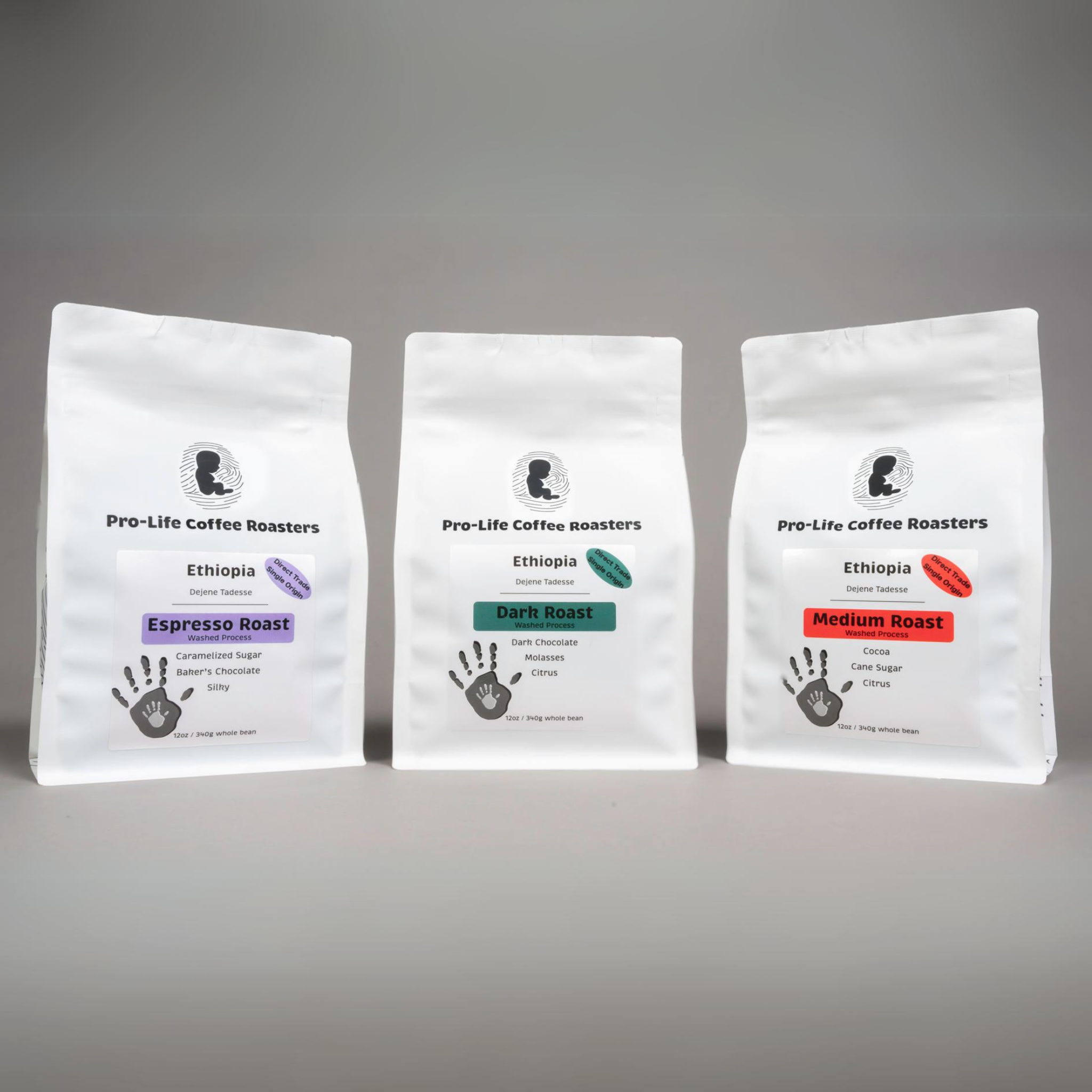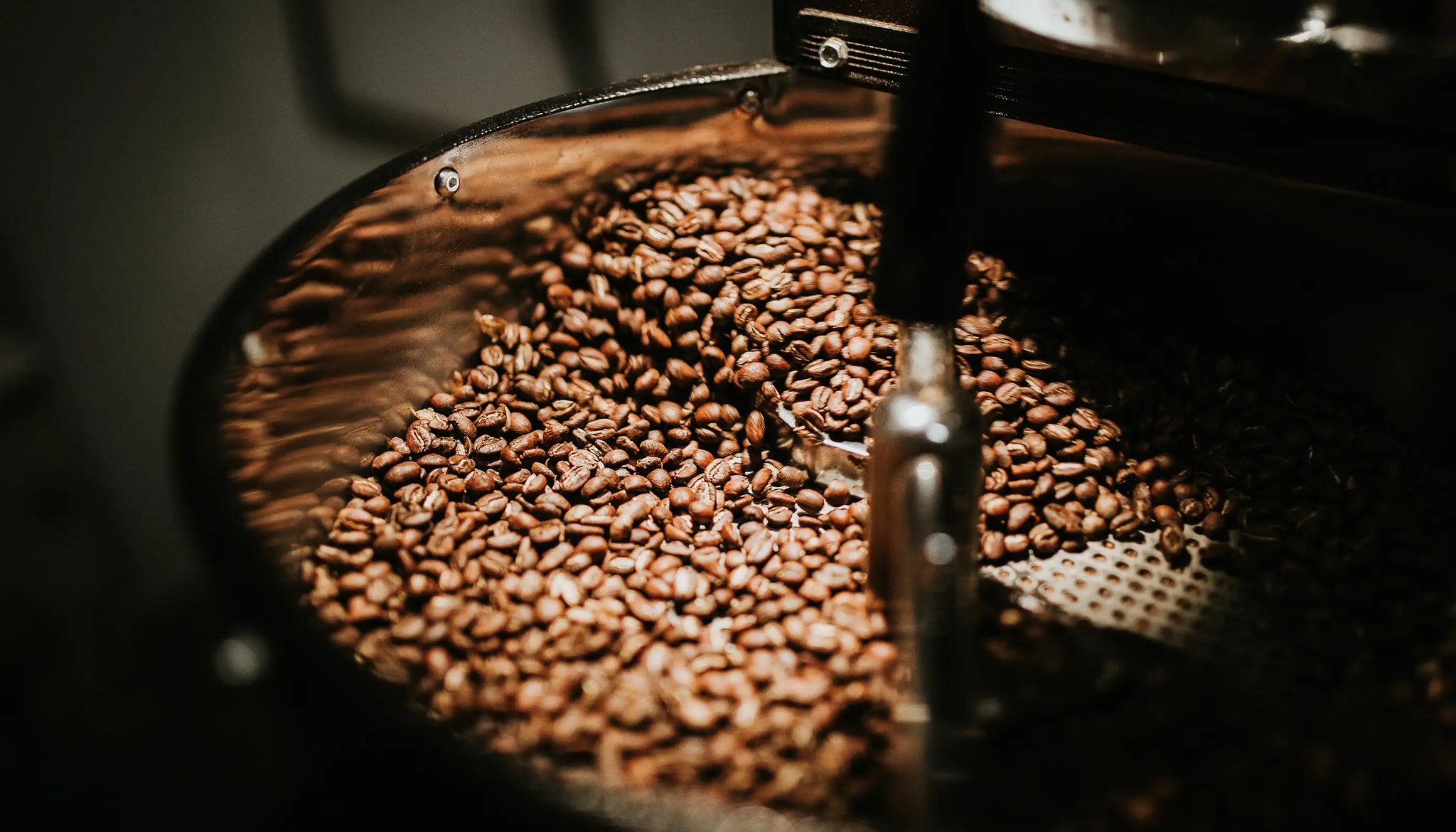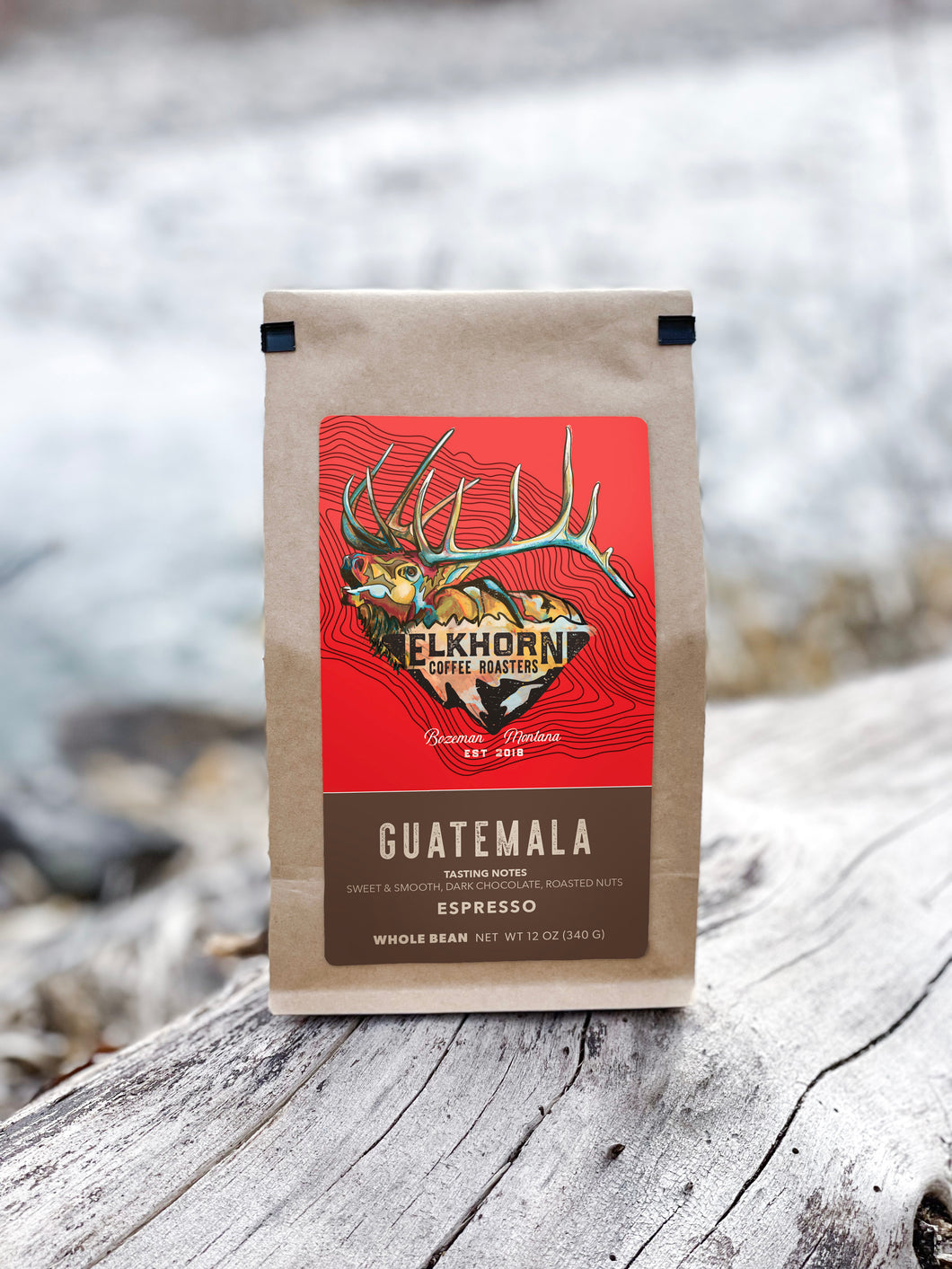SOE Single Origin Espresso – Perfect for Handcrafted Brewing Methods
SOE Single Origin Espresso – Perfect for Handcrafted Brewing Methods
Blog Article
Recognizing Coffee Beans: the Trip From Coffee to Blended Coffee Beans

The Beginnings of Coffee: An International Perspective
While you might think of coffee as a modern-day staple, its origins trace back centuries, intertwining with societies throughout the globe. The story begins in Ethiopia, where tale claims a goat herder called Kaldi uncovered the stimulating impacts of coffee beans after observing his goats frolicking energetically after consuming them.
As trade courses increased, coffee made its way to Europe in the 17th century, quickly obtaining popularity. Each society added its unique spin to coffee preparation, improving its background.
Cultivation and Harvesting of Espresso Beans
As coffee's journey advanced, the emphasis moved to the growing and harvesting of specific bean ranges, specifically those utilized for coffee. You'll discover that coffee beans often originate from Arabica or Robusta plants, each offering distinct tastes. The ideal expanding problems consist of high altitudes and rich, well-drained dirt, which enhance the beans' high quality.
Throughout the harvest, selecting techniques vary. In some areas, employees hand-pick ripe cherries, ensuring just the most effective fruit goes to handling. In other areas, mechanical farmers are utilized, especially on larger farms. When the cherries reach peak ripeness for optimum flavor., timing is important; you want to gather.
As soon as collected, the beans are gotten ready for handling, which is necessary in determining their final preference. Understanding the growing and harvesting procedures offers you insight right into what enters into your preferred coffee, enriching your admiration for each mug.
Handling Methods: From Cherry to Bean
Since you have actually found out concerning harvesting coffee beans, let's explore exactly how those cherries change into the coffee beans you enjoy. You'll see exactly how various harvesting strategies influence flavor, adhered to by the important steps of fermentation and drying out. We'll break down the milling and grading procedure that determines your coffee's quality.
Gathering Methods Explained
When it comes to coffee, recognizing harvesting methods is vital, since they straight influence the taste and top quality of the beans you take pleasure in. Careful choosing entails hand-picking just ripe cherries, ensuring you get the best high quality beans. Inevitably, the choice of gathering technique can greatly influence your coffee experience, so it's worth recognizing exactly how those beans made it to your mug.
Fermentation and Drying
After collecting, the next actions in processing coffee beans play a significant role in shaping their taste. You'll discover that fermentation is essential, as it assists break down the mucilage surrounding the beans, boosting their preference account. Depending on the method, this process can last from a few hours to numerous days, with varying results based on temperature level and moisture.
As soon as fermentation is full, drying out complies with, which is just as crucial. You can choose from mechanical or sun-drying drying out techniques. Sun-drying permits the beans to soak up tastes from the atmosphere, while mechanical drying warranties consistent moisture levels no matter of climate. Proper drying out is necessary to stop mold and mildew and maintain the beans' high quality, eventually affecting your mug of coffee.
Milling and Grading Process
As fermentation and drying set the stage for taste growth, the milling and grading procedure guarantees that just the best coffee beans make it to your mug. This phase entails removing the external layers of the coffee cherry, consisting of the parchment and husk. Premium beans get a greater grade, resulting in a richer coffee experience.
Roasting Techniques: Unlocking Taste Possible
When you roast coffee beans, the technique you choose can significantly impact the flavor account. Understanding the connection between time, temperature, and toasting methods is crucial to disclosing the possibility of your brew. Allow's explore how these elements integrated to produce the ideal mug.
Toasting Techniques Clarified
While you may assume that all coffee roasting approaches produce the same results, the truth is that each strategy discloses special flavor possibilities in the beans. Drum roasting uses a rotating drum to uniformly disperse heat, enhancing caramelization and creating a balanced taste. Air roasting, on the other hand, circulates hot air around the beans, promoting a lighter roast with pronounced level of acidity.

Effect On Taste Profile
Various roasting approaches not just affect the process however additionally considerably influence the flavor profile of the coffee beans. When you pick a light roast, you'll experience brilliant acidity and floral notes, showcasing the bean's origin. On the other hand, a tool roast balances level of acidity with sweet taste, frequently revealing chocolatey undertones. Dark roasts, on the other hand, draw out bold, smoky flavors, in some cases masking find the bean's distinct qualities. Each technique reveals various oils and compounds, resulting in a wide variety of tastes. By try out different toasting styles, you can uncover which accounts resonate with your palate. Recognizing these nuances aids you value the virtuosity behind your cup of coffee, enhancing your total experience with every sip.
Time and Temperature Level Elements
To release the complete taste potential of coffee beans, both time and temperature level during the toasting procedure play substantial duties. When toasting, you'll find that higher temperature levels can promptly develop flavors, but if you hurry it, you could finish up with charred notes. On the other hand, lower temperatures permit an extra steady taste development, showcasing the beans' special qualities.

Timing is equally as crucial; extending the roast also long can lead to a loss of acidity and illumination, while as well brief a roast might leave the beans underdeveloped. Discovering that wonderful spot needs method and experimentation. By changing these additional reading variables, you can reveal the abundant, intricate flavors concealed within each bean, producing a truly exceptional coffee experience.
The Art of Blending: Crafting Unique Coffee Profiles

Begin by picking a base coffee that offers a solid structure. A brilliant Ethiopian bean can bring fruitiness, while an abundant Brazilian coffee adds body.
As you blend, bear in mind that each mix informs a tale. You're not just making coffee; you're creating an experience. So, take your time, taste frequently, and delight in the journey of discovering your trademark mix.
Developing Methods: Just How Preparation Influences Flavor
Blending coffee opens up a domain of flavor possibilities, but just how you make that mix can considerably influence your final cup. On the various other hand, a pour-over highlights the coffee's clearness and brightness, excellent for showcasing delicate notes.
Coffee, with its high pressure, generates a focused shot that highlights sweetness and crema. If you prefer a lighter brew, consider a chilly brew technique; it yields a smooth, less acidic preference.
Eventually, experimentation is vital. Changing variables like water temperature level, grind size, and make time can transform your coffee's profile. So, accept the art of brewing to uncover the tastes hidden in your coffee blends. The right method can raise your experience to new elevations.
The Future of Coffee: Sustainability and Advancement
As the coffee sector develops, sustainability and advancement are becoming vital for addressing environmental obstacles and meeting customer demands. You'll see that more coffee firms are embracing green methods, from sourcing beans morally to implementing lasting farming methods. These shifts not just help the earth yet also boost the quality of the coffee you delight in.
You may see innovations like naturally degradable product packaging and water-saving developing techniques that minimize waste. Advanced modern technology, such as blockchain, is additionally becoming popular, ensuring transparency in the supply chain, which allows you to map your coffee back to its beginnings.
Additionally, buying regional communities and supporting farmers via reasonable trade initiatives cultivates a much more lasting coffee ecological community. As you sip your following cup, keep in mind that your selections can add to a brighter future for coffee. By selecting lasting brands, you're not simply enjoying a beverage; you're making a favorable influence on the world.
Regularly Asked Inquiries
What Is the Difference In Between Arabica and Robusta Beans?
Arabica beans are smoother, sweeter, and have a greater level of acidity, while robusta beans are more powerful, more bitter, and include more caffeine. You'll see these distinctions in taste and aroma when making your coffee.
How Does Altitude Affect Coffee Bean Flavor?
Elevation influences coffee bean taste substantially. Higher altitudes generate beans with brighter acidity and facility flavors, while reduced altitudes commonly produce beans that are heavier and less nuanced. You'll see these differences in your mug!
What Are the Health Advantages of Drinking Coffee?
Consuming alcohol coffee can improve your energy, improve mental emphasis, and also enhance physical performance. It's abundant in anti-oxidants, may decrease the threat of particular illness, and can advertise a much healthier metabolism when consumed in small amounts.
Can Coffee Beans Be Reused for Developing?
Yes, you can recycle coffee beans for brewing, however the taste could be weak. If you enjoy exploring, attempt reusing them in various methods, like chilly mixtures or including to healthy smoothies for an added kick.
How Should I Store Coffee Beans for Freshness?
To keep your coffee beans fresh, keep them in a closed container in an awesome, dark area. Stay clear of revealing them to wetness, light, or heat, as these variables can rapidly deteriorate their taste and scent.
Recognizing Coffee Beans: the Journey From Espresso to Blended Coffee Beans.
Currently that you've discovered regarding harvesting coffee beans, let's discover exactly how those cherries transform into the coffee beans you enjoy.When you roast coffee beans, the method you pick can drastically influence the flavor account - Single Origin Espresso.While you may believe that link all coffee roasting methods yield the very same results, the fact is that each strategy discloses one-of-a-kind taste possibilities in the beans.Different toasting methods not only affect the procedure but likewise greatly influence the flavor account of the coffee beans
Report this page